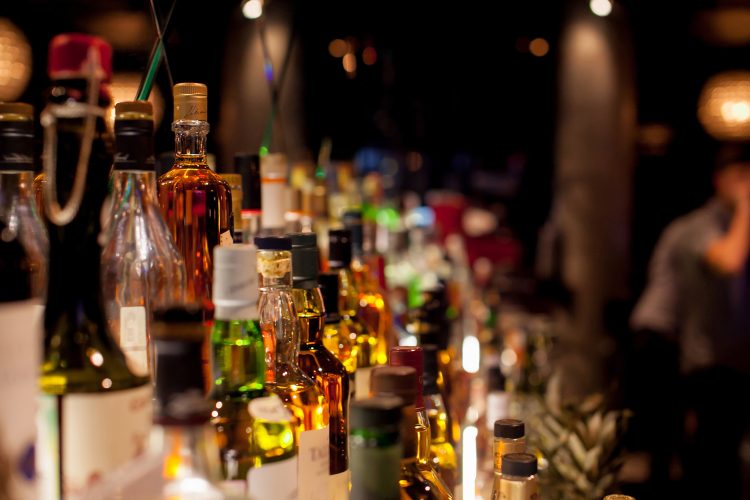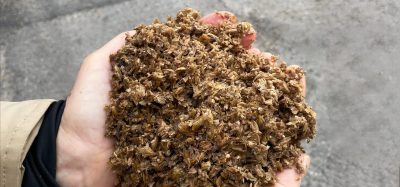Scientists develop new method to detect fake alcoholic spirits
- Like
- Digg
- Del
- Tumblr
- VKontakte
- Buffer
- Love This
- Odnoklassniki
- Meneame
- Blogger
- Amazon
- Yahoo Mail
- Gmail
- AOL
- Newsvine
- HackerNews
- Evernote
- MySpace
- Mail.ru
- Viadeo
- Line
- Comments
- Yummly
- SMS
- Viber
- Telegram
- Subscribe
- Skype
- Facebook Messenger
- Kakao
- LiveJournal
- Yammer
- Edgar
- Fintel
- Mix
- Instapaper
- Copy Link
Posted: 7 May 2024 | Grace Galler | No comments yet
Researchers from the International Centre for Brewing and Distilling (ICBD) are developing a database to detect counterfeit alcoholic spirits, aiming to combat illicit production worldwide.


A team of scientists from International Centre for Brewing and Distilling (ICBD) at Heriot-Watt University, in Edinburgh, Scotland, are working to generate a comprehensive database to detect counterfeit alcoholic spirits.
Working alongside Dr John Edwards of Process NMR Associates, based in New York, the researchers have spent the last six months using lab-based analytical techniques to detect the chemical fingerprint of hundreds of international spirits, including whisky, tequila, mezcal, and bourbon.
Featured in a paper titled Worldwide Illicit and Counterfeit Alcoholic Spirits: Problem, Detection, and Prevention, the research has been published in the Journal of the American Society of Brewing Chemists.
“Once complete, this database will provide in-depth analysis of hundreds of legitimate spirits, becoming an information source to determine the authenticity of a product,” said Michael Bryan of the ICBD at Heriot-Watt, is leading the research as part of his PhD project.
“At present, testing apparatus, methodology and human resource is ridiculously expensive, costing up to half a million or more pounds. And the analysis machinery is huge, they can be size of a car or bigger. So, it’s a very difficult process and what I want to do is to take a different approach. Let’s transfer the heavy lifting from analytical services to comparative mathematics,” continued Bryan.
The paper acknowledges that while counterfeit spirit production is “sizeable” there is no single solution with tougher legislation and increased fines not proven to be significant deterrents. It also highlights the need for the development of low-cost methods to determine the authenticity of a product without the need to physically open a bottle.
Working collaboratively with Process NMR Associates, the scientists are utilising a variety of analytical tools including near infrared spectroscopy (NIR), ultra-violet visible (UV-Vis) spectroscopy, liquid chromatography (HPLC-DAD), and nuclear magnetic resonance spectroscopy (NMR) to determine the chemistry of sample spirits.
“By having a database of hundreds of spirits, outlining the legitimacy of a product, we can use less expensive techniques to sample a product. If it doesn’t meet those benchmarks, then we can quickly determine that it requires further analysis.,” continued Bryan.
“This will ultimately save time and resources and ensure that we focus efforts on products that we suspect of being counterfeit.”
According to the World Health Organisation (WHO), at least an estimated 25 percent of all spirits consumed are illicit, however, the researchers note that the “true scale of counterfeit spirit production is unknown”.
Commenting on the risks posed by counterfeit alcohol consumption, Professor Annie Hill from Heriot-Watt University, the academic supervisor for the project, said: “The Scotch Whisky Association drives the fight against counterfeit Scotch, and The Scotch Whisky Research Institute is a world leader in the detection of counterfeit spirits.
“This paper defines the problems and highlights potential solutions and our continuing research aims to further increase awareness, and to develop accessible and affordable methods to enable wider detection and identification of illicit distilled spirit products,” concluded Hill.
Related topics
Beverages, Food Fraud, Quality analysis & quality control (QA/QC), Research & development, Trade & Economy









